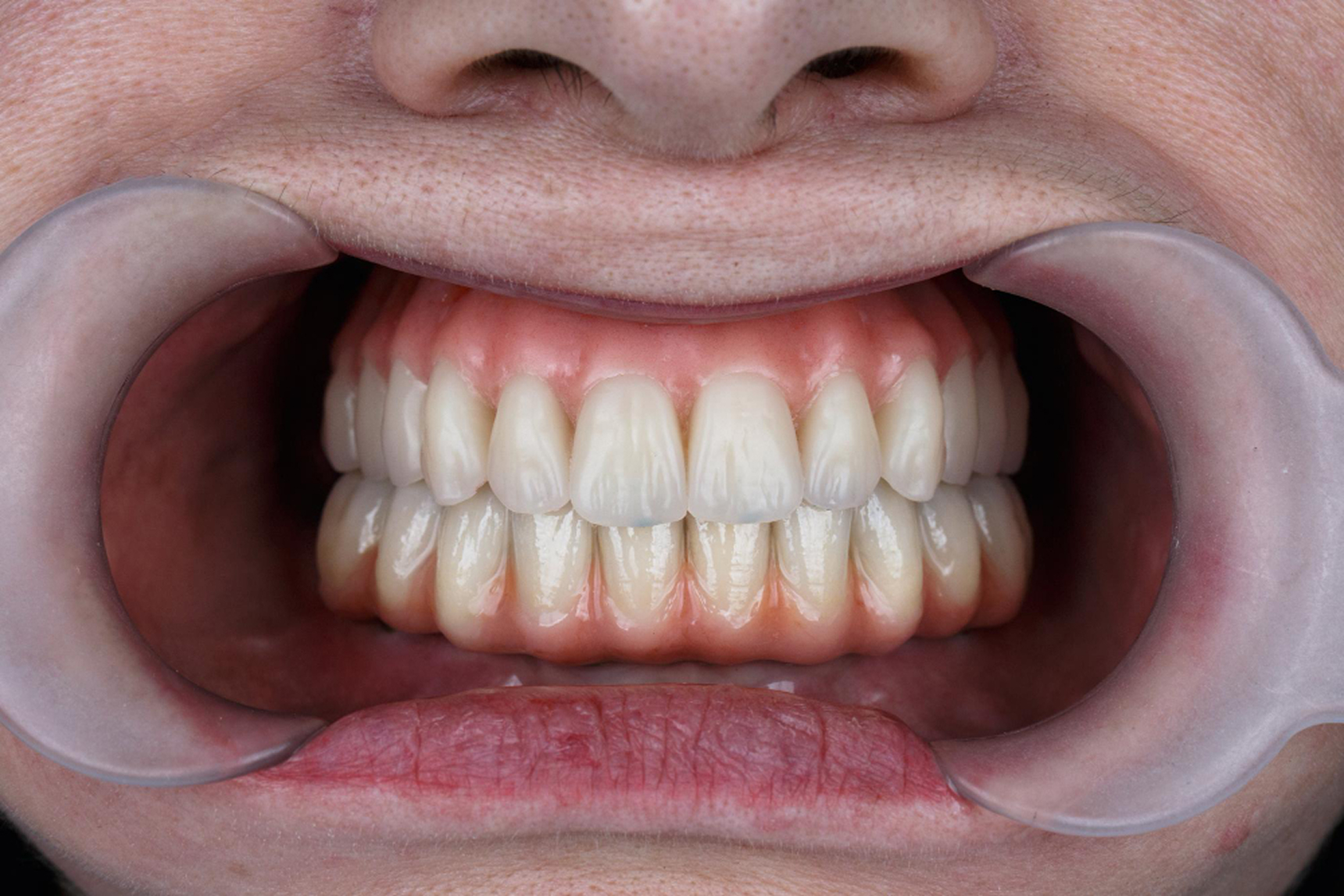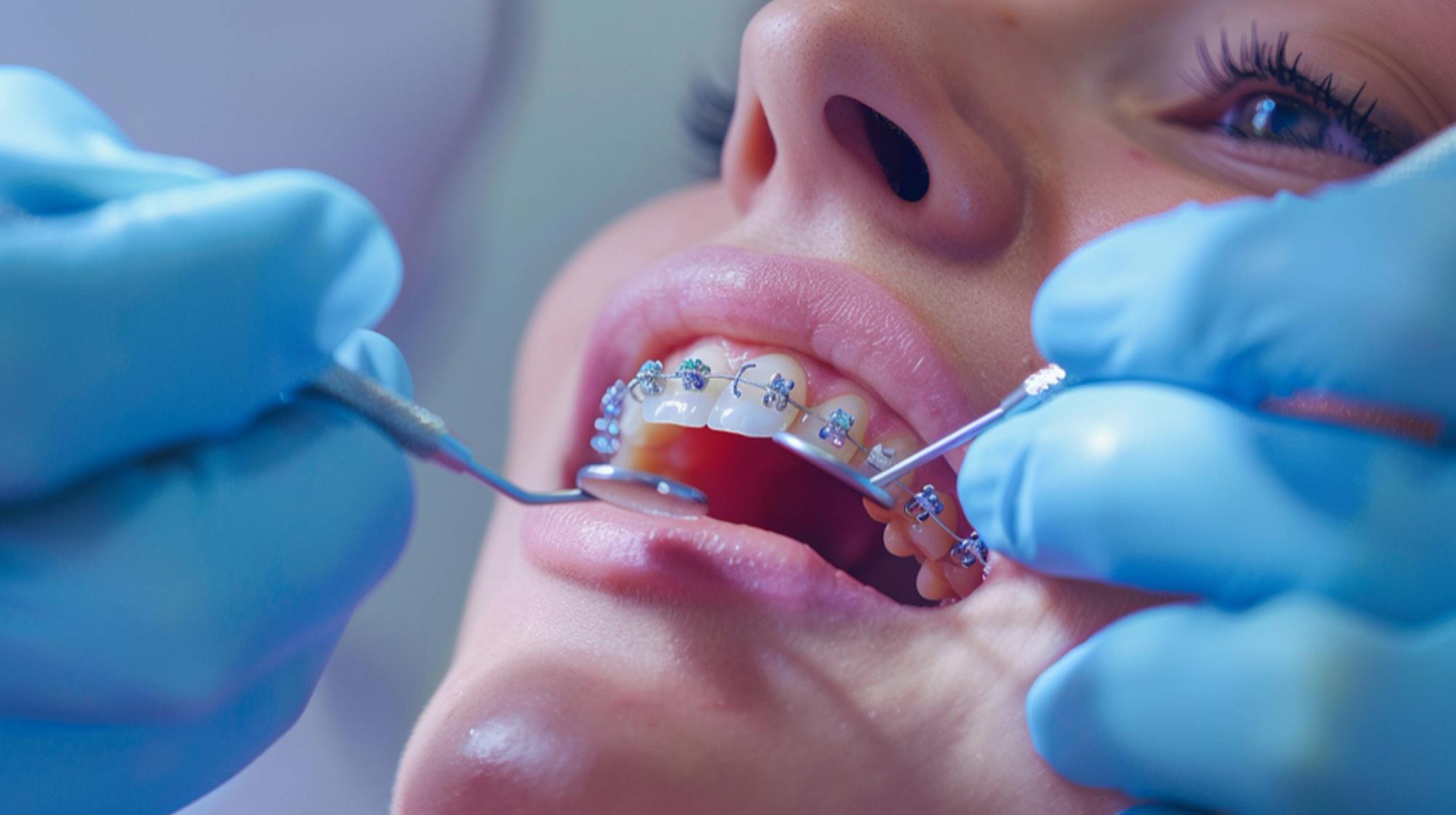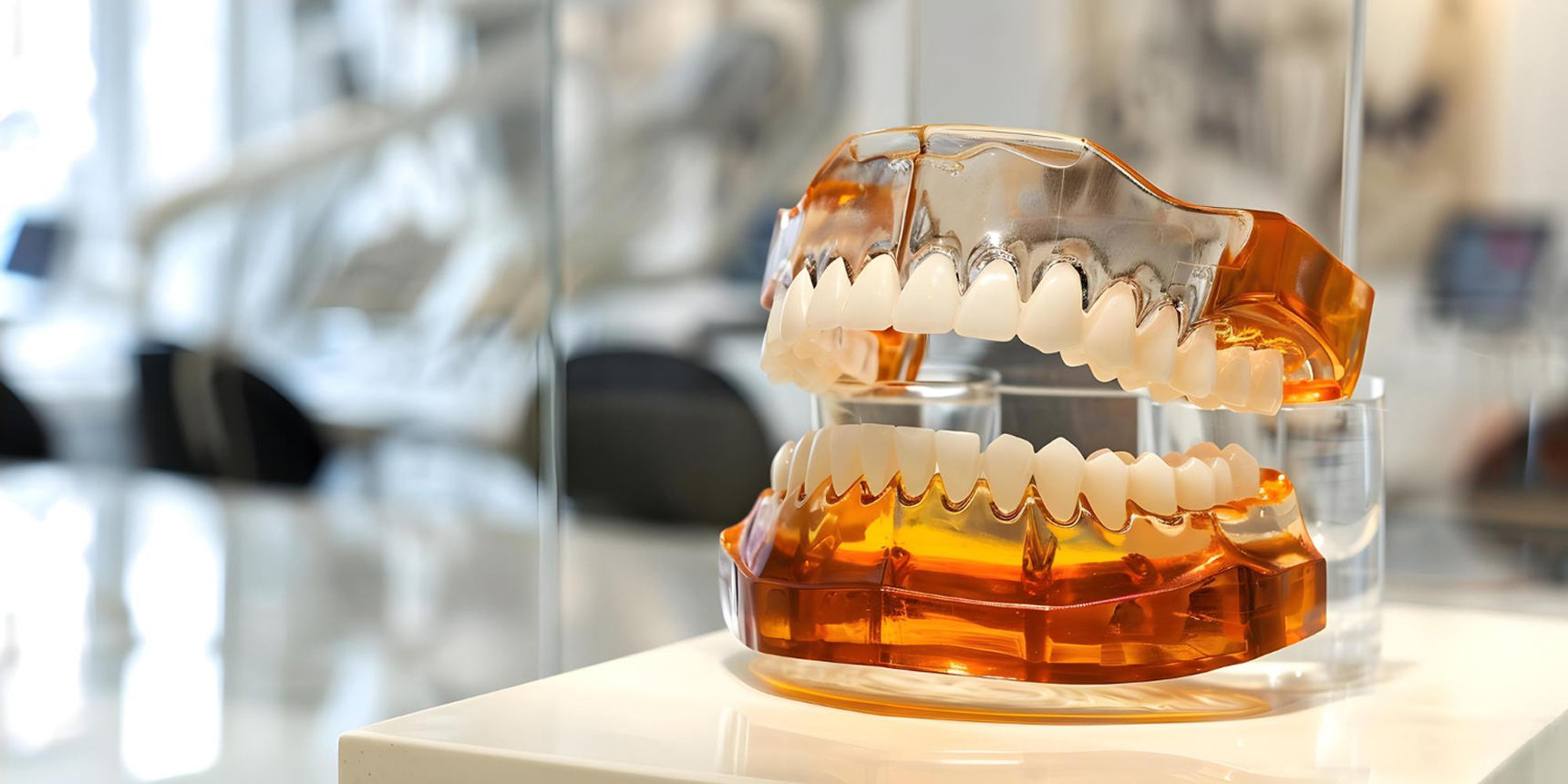
Each set of aligners is precisely fabricated based on 3D scans and a digital treatment plan, applying gentle pressure on specific teeth to guide movement. Patients change to a new aligner every one to two weeks. Because the aligners are virtually invisible and removable, they are highly aesthetic and allow easier oral hygiene and fewer dietary restrictions.
Invisalign is effective for mild to moderate misalignment, spacing, crowding, and bite issues. The treatment is monitored periodically to ensure the dental movements follow the plan and adjustments are made as needed.

1
2
3
Duration:
Number of Sessions:
Recovery / Downtime:
Pain Level:
Pre-Treatment:
Post-Treatment:
Over time, your teeth shift into a more aligned, functional, and aesthetic position. After the active phase, retention helps maintain stability so that results last long-term.
• Severe misalignment or complex skeletal discrepancies
• Poor patient compliance (not wearing aligners enough)
• Untreated gum disease or tooth decay
• Teeth needing major restorative or surgical intervention
• Severity and movements required
• Number of aligner sets
• Use of attachments, interproximal reduction or auxiliaries
• Need for refinements or mid‑course adjustments




